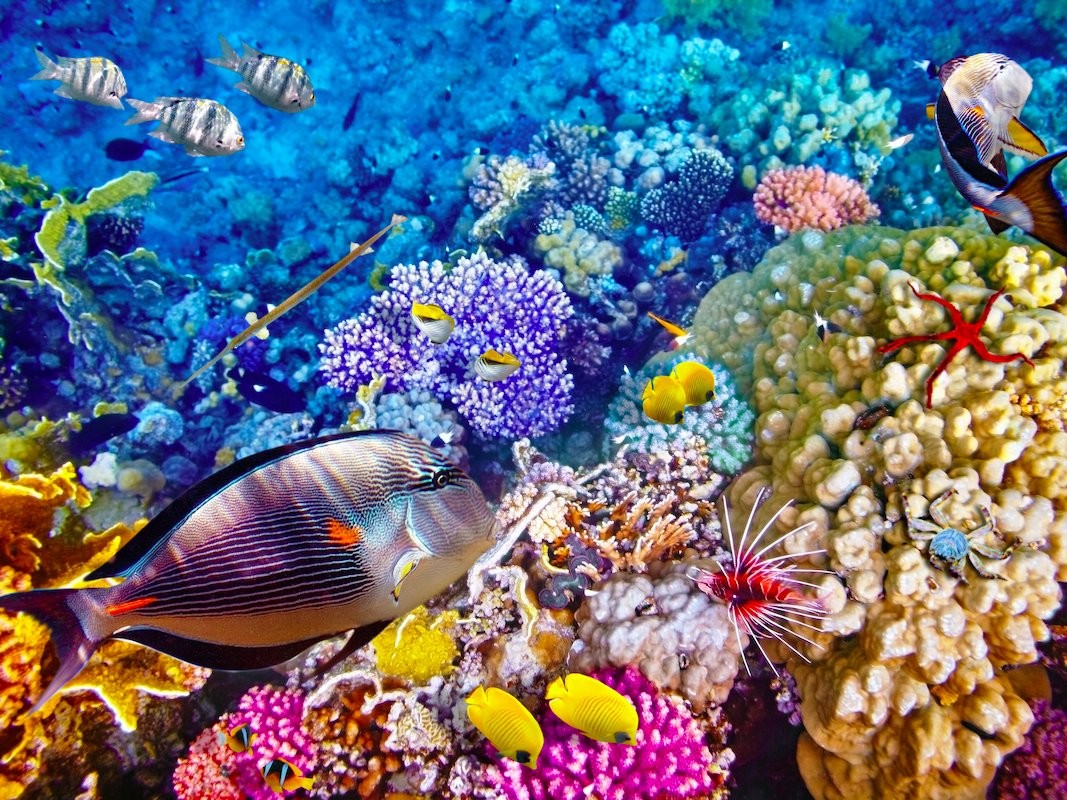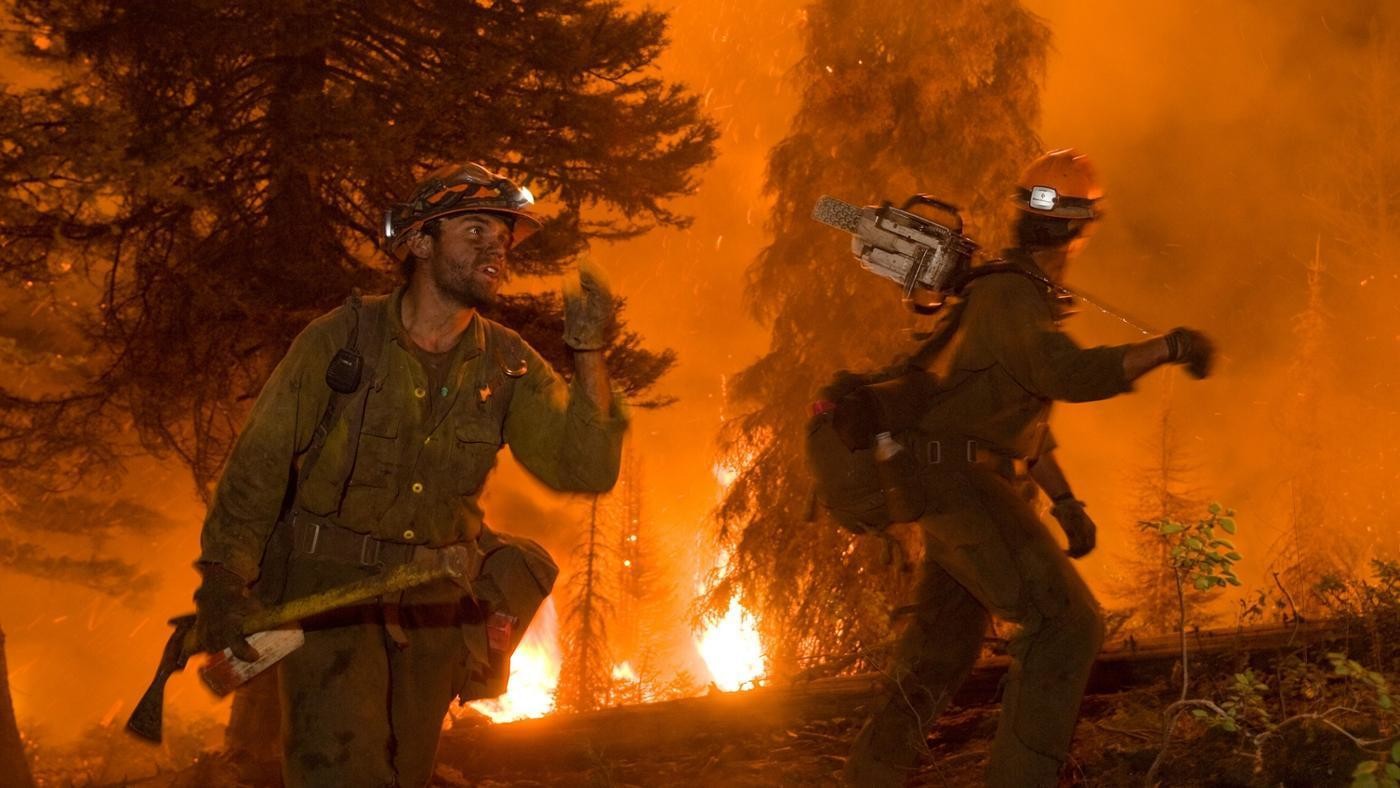
In 2007, a team of climate experts presented a case for assuaging the global greenhouse gas emissions, in the Fourth Assessment Report of the International Panel for Climate Change. It elaborated on the impending threats: rising temperatures, change in rainfall patterns, melting of glaciers, rise of global mean sea level among others. 10 years later the reality is no different, albeit concerted efforts on part of global community have been made.
Greenhouse gas emission, the primary anti-hero of the climate story, has heightened the global warming through natural or anthropogenic processes. The main sources being increased burning of fossil fuels, Deforestation & Agriculture, Land filling (waste), Increase in industrial fluorinated gases etc. Climate mitigation then requires reduction of GHG at source.
Two of the chief climate indicators as per the NASA Report for 2016 were “global surface temperatures and Arctic sea ice extent”, many of the records of which were broken within the first six months. “The global trend in rising temperatures is outpaced by the regional warming in the Arctic, said Walt Meier, a sea ice scientist at NASA Goddard.” And if current reports are anything to abide by, then 2017 will experience an even hotter summer and even greater environmental challenge for the world to mitigate.
Noticeably, two instances which on face are natural catastrophes, are in reality more of anthropogenic in nature, driven by warmer temperatures.
- Oceanic Acidification & Global Bleaching: Approximately a 500 mile section of the Great Barrier Reef, considered to be one of the most pristine natural wonders of the world, has reportedly been found dead; the precursor being the overheated seawater. A global calamity, where around 90% of the largest living structures have been damaged, scientists world-over are fretting the end of some of the most colorful and vibrant oceanic ecosystem. There lies a human paradox too, as the poor countries which are sea-food dependents will face a loss of food-supply. Such heat-stress on reefs in turn has become a catalyst to a kind of humanitarian crisis. (1 & 2)
- Wild Forest Fires: There has been an abrupt increase in the wild fires across the globe. Indonesia, Spain, California, Siberia, Canada, Alaska etc. have all been ravaged by large forest fires in the last few years. As per reports, these fires are five times more intense- consuming more than six times the area since the 1980s. Some scientific evidence points towards climate change, for making the ecosystem vulnerable to fires. The constant GHG emissions have enhanced greenhouse effect, causing global temperatures to soar. Such warmer temperatures increase evaporation; as a result, atmosphere draws more moisture from soils, there is early snow-melt, making the land drier and becoming more susceptible to fire. (3 & 4 )
There are other instances such as disappearance of marshy wet-lands, mass wild-life die-offs (birds and fishes), disappearance of mangroves, estuaries etc. Though they occur thousand miles away from the human habitat, but there is no denying the human interference. (5)


